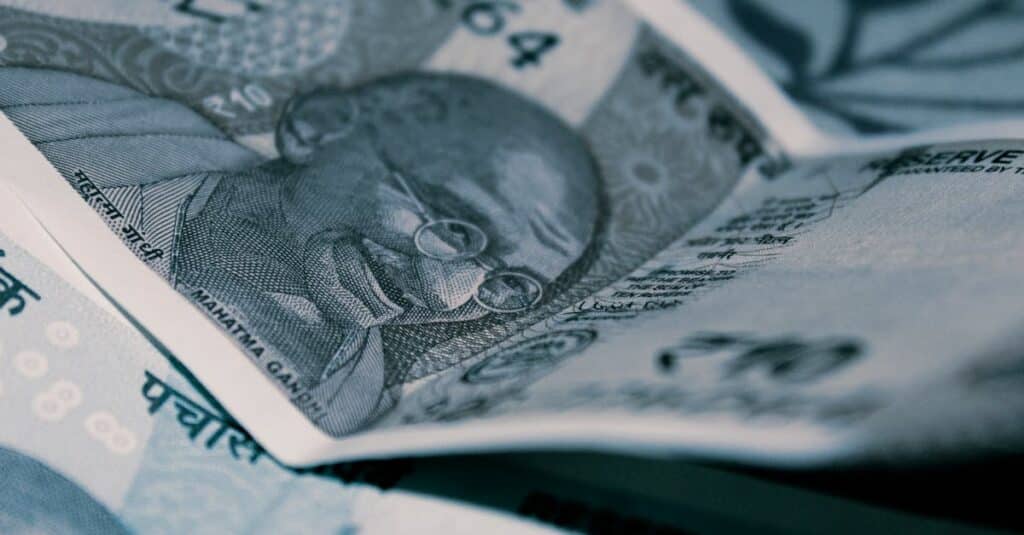Candlestick charts, or Japanese candlesticks, were developed in Japan as early as the 1600s to analyze rice prices. Popularized by Steve Nisson, they are now widely used by traders to represent the price movements of an asset over a given period. This graphical method allows for an intuitive visualization of price changes, indicating whether the movement has been positive or negative and to what extent. Rich in information, candlestick charts have become an essential tool for stock technical analysis.
Candlestick charts have become an essential tool for anyone looking to analyze price movements in financial markets. Originating from Japan and used since the 17th century to track rice prices, they were popularized in the West by Steve Nisson. These charts provide an intuitive visual representation of price variations of an asset over a specified period, which can range from one minute to a day or more.
A candlestick consists of several key elements: the body, the wicks (or shadows), and the colors. The body represents the difference between the opening price and the closing price of an asset over a given period. The wicks, located above and below the body, indicate the maximum and minimum prices reached during that time. A specific color—typically green for a close above the open, and red for a close below—allows for a quick visualization of whether the price movement has been positive or negative.
One of the main reasons why candlestick charts are so popular among traders is their ability to condense a large amount of information into a single chart. They display not only the opening, closing, maximum, and minimum prices but also facilitate the identification of recurring patterns known as candlestick formations. These formations, such as the hammer, the morning star, or the bullish engulfing, provide valuable indications about possible future market movements.
The Japanese candlestick patterns are numerous and varied. Some of the most common include bullish or bearish reversal patterns and continuation patterns. For example, a hammer suggests a bullish reversal after a downtrend, while a shooting star indicates a possible bearish reversal after an uptrend. Traders use these patterns to make informed decisions about buying or selling assets.
A crucial aspect of analyzing Japanese candlesticks is considering the context and the current trend of the market. For instance, a specific pattern may have different implications depending on whether it appears in an uptrend or downtrend. Therefore, it is essential to use these charts in conjunction with other technical and fundamental analysis tools to gain a comprehensive overview of the market.
Candlestick charts are not limited to stocks. They are also used to analyze price movements of currencies, derivatives, and digital assets like Bitcoin. To learn more about digital assets, you can read this informative article on understanding digital assets.
Finally, the importance of analyzing Japanese candlesticks also extends to modern financial innovations. For example, API Banking applications enable seamless integration of banking solutions into various financial services. For a detailed introduction to this topic, you can read understanding API Banking.
In summary, candlestick charts offer a powerful and visually intuitive method for analyzing financial markets. Whether you are a beginner or an experienced trader, understanding and using these charts can greatly enhance your analysis and decision-making capabilities in the markets.

Table of Contents
ToggleDefinition and Use
Q: What is a Japanese candlestick chart?
A: A Japanese candlestick chart is a type of chart used in technical analysis to represent the price variations of an asset over a given period. This chart displays a wealth of information such as the opening price, closing price, highs, and lows.
Q: What is the history of Japanese candlesticks?
A: Japanese candlesticks have been used since the 1600s by the Japanese to analyze rice prices. They were popularized in the West by Steve Nisson.
Q: How do you read a candlestick chart?
A: A candlestick chart provides a snapshot indicating whether the price movement in a market has been positive or negative and to what extent. Each candlestick represents a time period that can vary from one minute to one day.
Q: What are the components of a Japanese candlestick?
A: A Japanese candlestick consists of four main elements: the opening price, the closing price, the high, and the low. The wide part of the candlestick is called the body, and the thin lines above and below are called wicks or shadows.
Q: Why use candlestick charts instead of another type of chart?
A: Candlestick charts are preferred by many traders because they provide a great amount of information in a visual and clear manner. They allow for a quick understanding of price movements and help identify trends and possible reversals.
Q: What is the utility of Japanese candlesticks in technical analysis?
A: Japanese candlesticks play a crucial role in technical analysis. They help traders anticipate future price movements by identifying specific patterns that signal potential trend reversals or continuations.
Q: Where can you use candlestick charts?
A: Candlestick charts can be used for various financial assets, including currencies, stocks, derivatives, and even commodities. They are particularly popular in trading and stock analysis.





